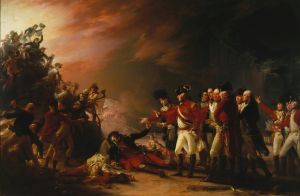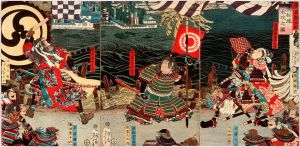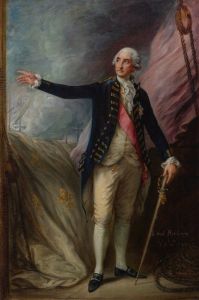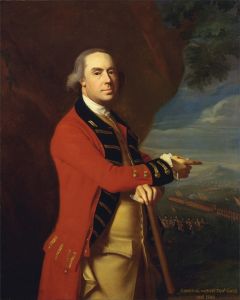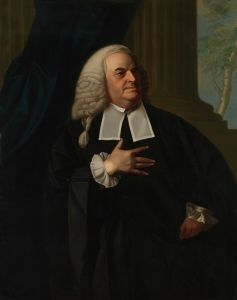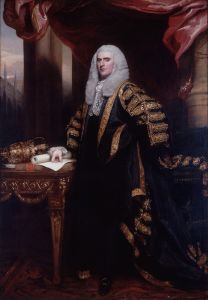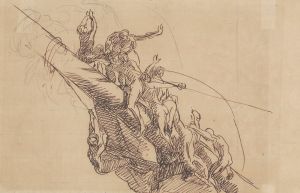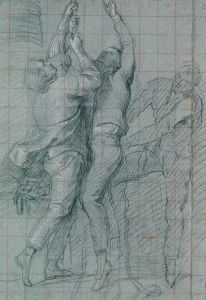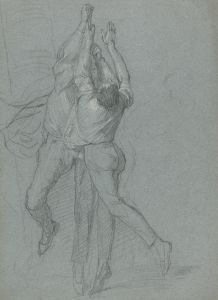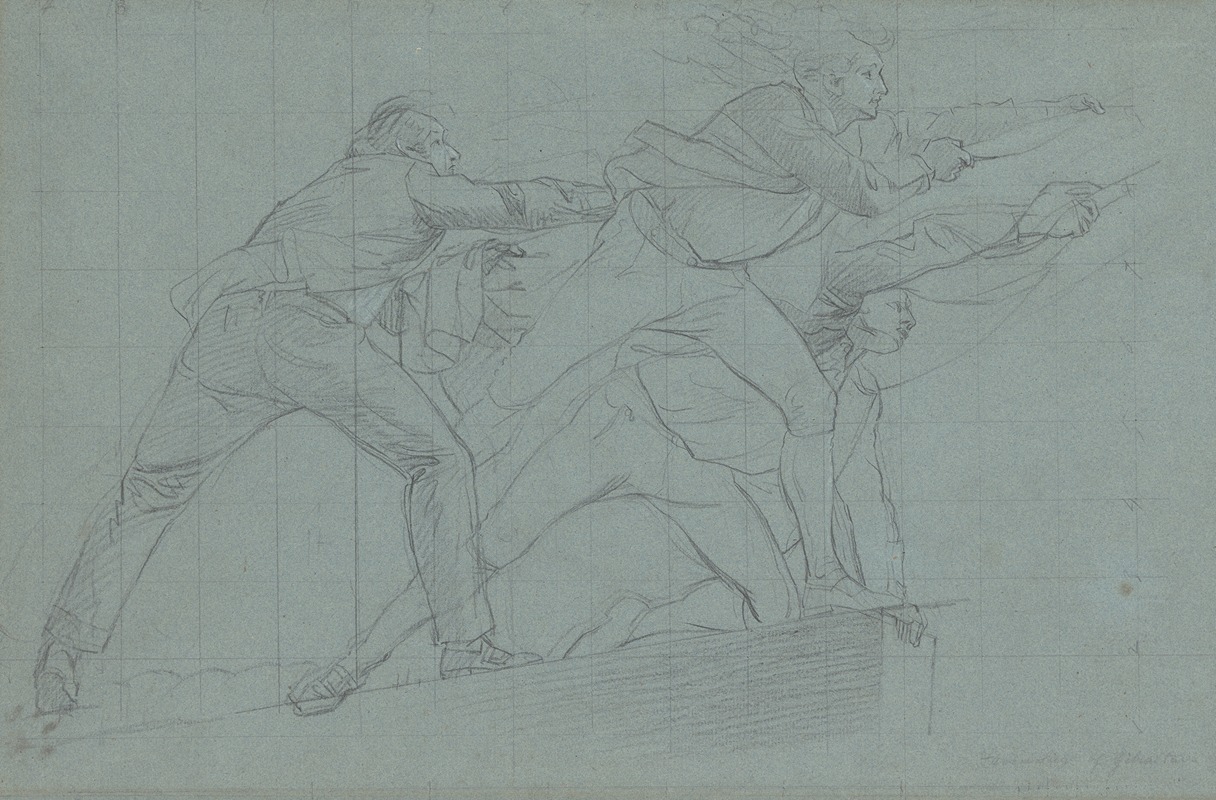
Study for ‘The Defeat of the Floating Batteries at Gibraltar’
A hand-painted replica of John Singleton Copley’s masterpiece Study for ‘The Defeat of the Floating Batteries at Gibraltar’, meticulously crafted by professional artists to capture the true essence of the original. Each piece is created with museum-quality canvas and rare mineral pigments, carefully painted by experienced artists with delicate brushstrokes and rich, layered colors to perfectly recreate the texture of the original artwork. Unlike machine-printed reproductions, this hand-painted version brings the painting to life, infused with the artist’s emotions and skill in every stroke. Whether for personal collection or home decoration, it instantly elevates the artistic atmosphere of any space.
"Study for ‘The Defeat of the Floating Batteries at Gibraltar’" is a preparatory work by the American artist John Singleton Copley. This study was created as part of Copley's extensive preparation for his larger, more famous painting, "The Defeat of the Floating Batteries at Gibraltar, September 1782," which commemorates a significant event during the Great Siege of Gibraltar.
The Great Siege of Gibraltar (1779-1783) was an attempt by Spain and France to capture Gibraltar from the British during the American Revolutionary War. The siege is notable for the use of innovative floating batteries by the Spanish and French forces. These floating batteries were heavily fortified ships designed to withstand cannon fire while bombarding the British defenses. However, the British forces, under the command of General George Augustus Eliott, successfully repelled the attack on September 13, 1782, leading to the destruction of the floating batteries.
John Singleton Copley, born in 1738 in Boston, Massachusetts, was a prominent portrait and history painter. He moved to London in 1774, where he continued to develop his career. Copley was known for his meticulous attention to detail and his ability to capture dramatic historical moments. His interest in the Siege of Gibraltar likely stemmed from its significance in British military history and its dramatic potential as a subject for a large-scale history painting.
The study for "The Defeat of the Floating Batteries at Gibraltar" showcases Copley's preparatory process. It includes detailed sketches and compositional plans that would later be refined and incorporated into the final painting. This study allows viewers to understand Copley's method of working through complex historical scenes, ensuring accuracy and dramatic impact.
In the final painting, Copley depicted the moment of the floating batteries' destruction with vivid detail and dynamic composition. The painting captures the chaos and intensity of the battle, with smoke, fire, and the tumultuous sea adding to the dramatic effect. The British defenders are shown in a heroic light, emphasizing their resilience and tactical prowess.
Copley's work on this subject was well-received, and "The Defeat of the Floating Batteries at Gibraltar" became one of his most celebrated history paintings. It was exhibited at the Royal Academy in 1791 and remains an important example of 18th-century history painting.
The study itself is a valuable piece of art, providing insight into Copley's artistic process and his dedication to historical accuracy. It is an essential part of understanding how Copley approached large-scale historical subjects and his contribution to the genre of history painting.
Overall, "Study for ‘The Defeat of the Floating Batteries at Gibraltar’" by John Singleton Copley is a significant work that highlights the artist's preparation for one of his major historical paintings. It reflects Copley's skill in capturing dramatic historical events and his meticulous approach to creating detailed and accurate representations of such moments.





